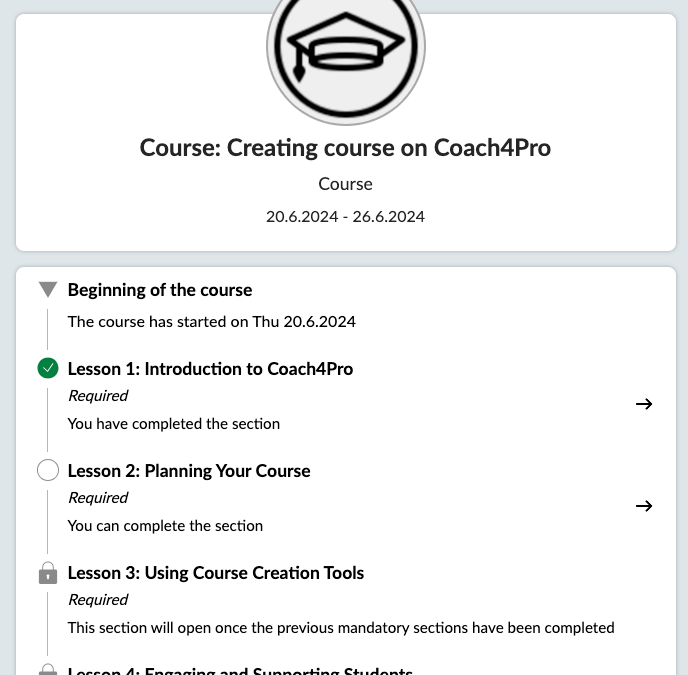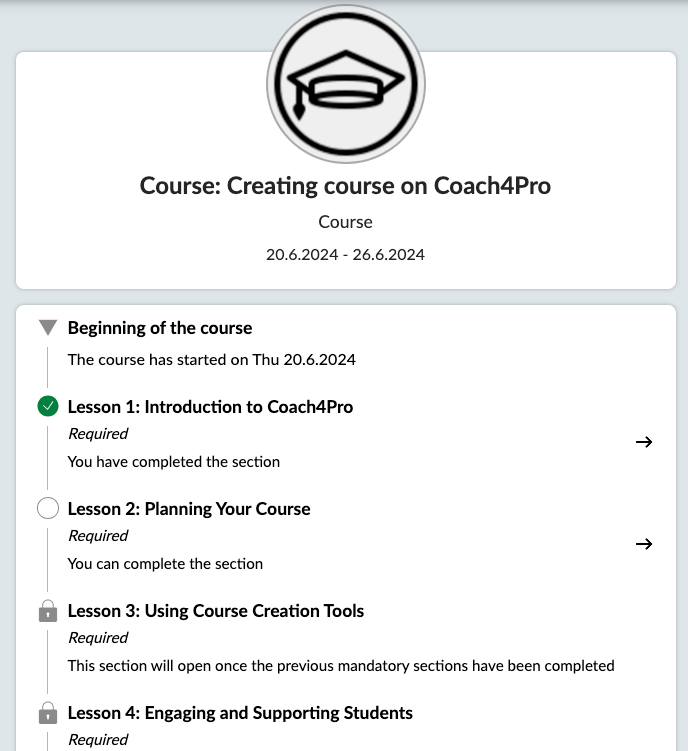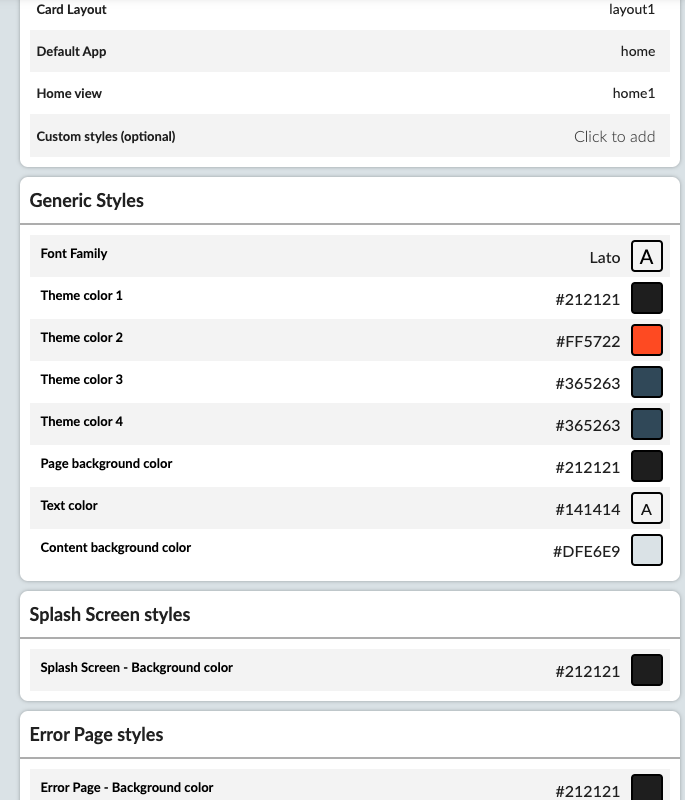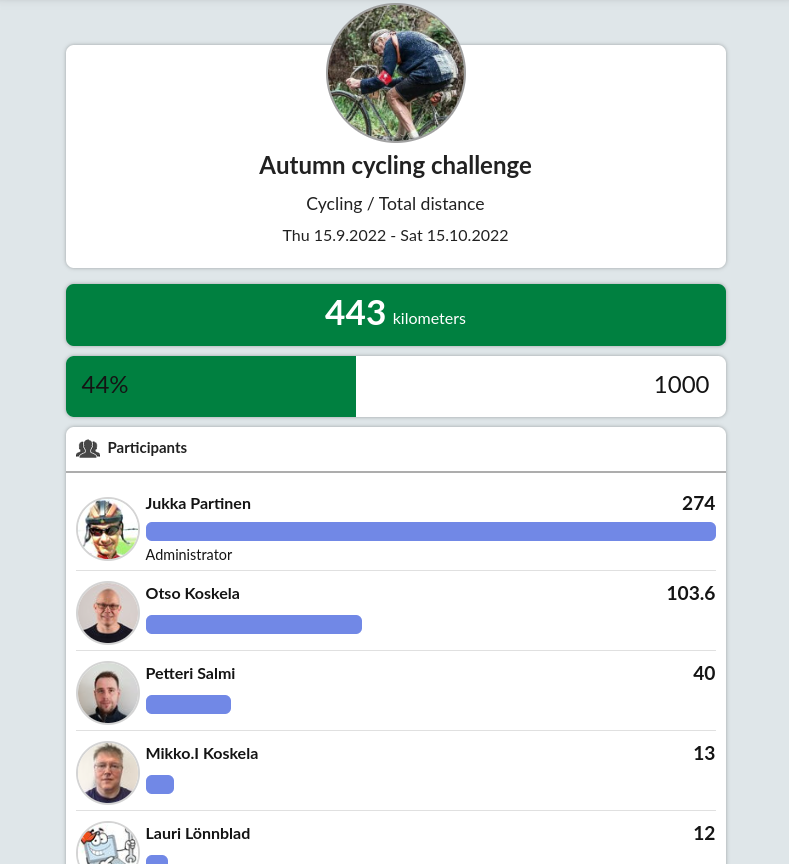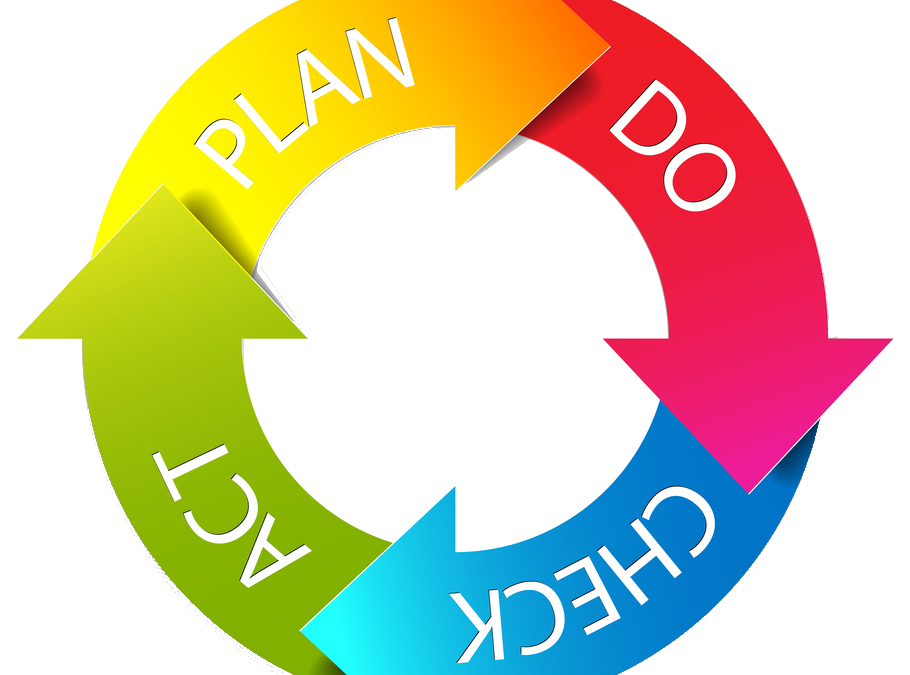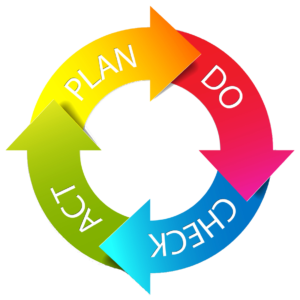
Vantaa Wellness Mentoring – What Is It?

Enablers of Change: Jan-Erik Jäske, Hanna Okkonen (seated), Niina Heikkurinen, Noora Smolander, Inka Sipilä (seated), Jarna Hakkarainen, and Iisa Telford (in the top corner).
Background of the blog post
This is the second part of a two-part series about the wellness mentoring service offered by the city of Vantaa. The first part discussed why Vantaa provides this service. In this second part, we explain what wellness mentoring involves. The post is based on an interview with Noora Smolander, a wellness mentor with extensive experience in both the public and private sectors, along with a master’s degree in nutritional sciences.
Who is it for and how long does it last?
“This service is intended for adult citizens of Vantaa, typically those who already have health risk factors such as overweight or high blood pressure, and who also have sufficient motivation to make lifestyle changes. Clients are mostly referred via health centers and antenatal clinics. The duration of mentoring varies, but for those needing longer support, we offer a year-long service.”
How many clients are involved?
“Currently, around 300 people are in the year-long mentoring program.”
Who provides the mentoring?
“We have six mentors here in Vantaa. Additionally, the program began last year in Kerava, where there is one full-time and two part-time mentors.”
How is the work divided among mentors?
“Each mentor has their own clients. We use a hybrid model: in-person sessions at health centers and remote mentoring via the Coach4Pro platform. A mentor typically manages around 60–80 clients at a time.”
How much of the mentor’s time is spent remotely?
“Remote mentoring accounts for about one-third of the mentoring time. We also develop the lifestyle guidance content and hold in-person meetings. Two days per week are reserved for face-to-face meetings, which help build a trusting relationship between client and mentor. Then, in remote sessions, the client knows exactly who they are communicating with.”
What do the programs consist of?
“The main themes are exercise, nutrition, sleep, and recovery. We also address goal-setting and broader mental well-being aspects.”
How do you ensure clients are motivated and able to succeed?
“At the initial meeting, we conduct an interview to assess their readiness for change. We also use a questionnaire measuring readiness. If we find they lack readiness or resources, we recommend they take a pause and possibly return later.”
How do you balance rest, exercise, and nutrition?
“It’s based on the client’s preferences. If a client doesn’t feel the need to include, say, rest, we omit it. We use a values- and acceptance-based approach, taking into account what is meaningful for each client.”
Main challenges?
“Recognizing clients’ available resources. Early enthusiasm may fade; real-life demands commitment and practice. Successes motivate, but failures shouldn’t be dwelled upon.”
“Clients’ backgrounds vary greatly, so individualization is key; knowing the client better makes this easier.”
“Commitment can wane—people sometimes drop out or the timing isn’t ideal.”
Transition to the Coach4Pro platform
“We planned the switch in May, and in June the first clients were using Coach4Pro. We phased it in, always meeting the client in person before the transition. By August, all clients were using the new platform. A gradual transition worked well.”
Mentors’ experience with the app
“All mentors find the app easy and clear. Installation was smooth, though password rules caused minor issues. The built-in publishing system is appreciated: a mentor can draft or edit a program and have other mentors check it before publishing. Clients have praised the ability to comment and receive mentor responses. All key features are accessible from the home screen.”
Challenges in using the app
“Getting clients engaged is the challenge. The most active users are those who connect a fitness watch; their step counts and other data are automatically visible to mentors, which naturally sparks conversation.”
How do you gather client feedback?
“Through clinic visits and end-of-program surveys. Especially the feedback from those meetings is valuable.”
Summary
“The platform works well, is flexible, offers many features, and clients are satisfied.”

